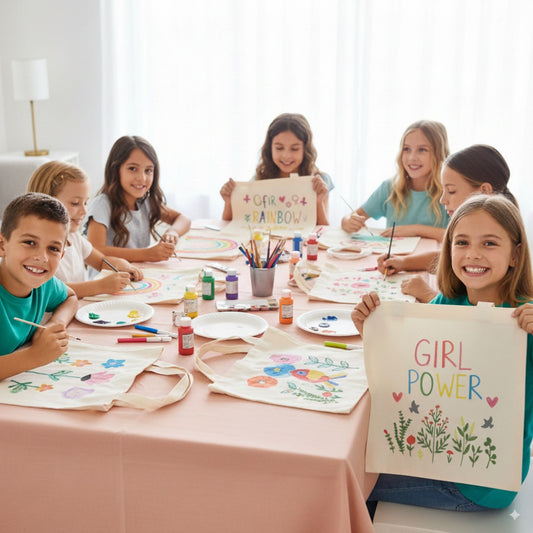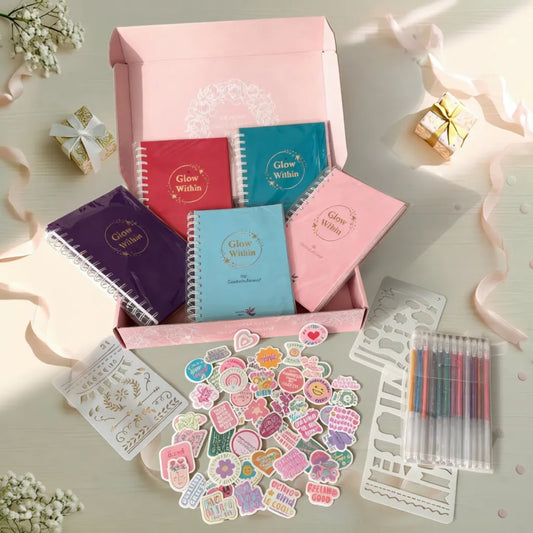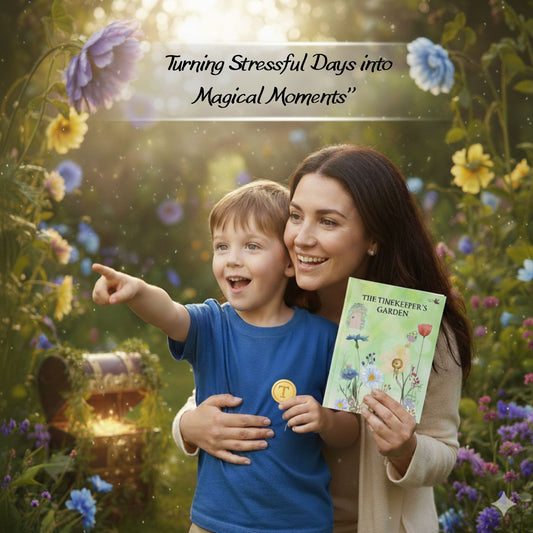
How to teach Kids Gratitude: Journaling Habits for Happiness & Connection
Share
“Thank you”
Such a common phrase, yet how often do we pause to truly appreciate the small (or big) things in our lives?
I’ll start with my own gratitude:
I’m grateful for the opportunity to learn, grow, and create new things. After more than two decades of working in the same field, psychology, starting something new feels like a true gift. So, it only felt right to begin this blog with a post about gratitude.
When my son was little, we had to move to a new place. Everything was unfamiliar, and it wasn’t easy. One evening, after a particularly challenging day, we sat together before bed. I listened to his worries, missing his friend, felt his sadness and hugged him. Then asked, “Are there any good things about moving?”
“Of course,” he said. “I get to see new places — and the ocean is near for vacation!”
(Although it was a four-hour drive, I didn’t correct him.)
Instead, I suggested that we write down all the good things, and even the difficult ones, that he was grateful for that day. He kept journaling for several months, and to this day, he still remembers it.
A year ago, when I was trying to come up with a unique birthday party, I remembered that little journaling moment. I thought - how special would it be if kids could experience gratitude in a fun, creative way together?
As a mom, I’d be thrilled if my child came home from a party with a handmade gratitude journal instead of another toy that would soon be forgotten.
That idea made me reflect: why didn’t I keep a gratitude journal with my son? I believe in role modeling, but like many parents, I sometimes get lost in daily stresses too.
That’s how the Gratitude Bundle was born. Designed for up to five people (with option for more if needed), adults or kids, to create and share gratitude together.
How to Encourage Gratitude in Kids
1. Choose a journal they love-
Where we invest - we care.
Let your child pick or decorate a journal they feel connected to. When it feels like their own, they’ll want to open it, draw in it, and write in it. It doesn’t have to be fancy - but feels their own
2. Structure or blank? Find the balance-
Some gratitude journals come with ready-made pages, while others are completely blank.
Too much structure can feel like homework, but a blank page can be overwhelming and may need adult guidance.
We believe the best approach is a mix - a few guided pages for inspiration and plenty of space for free expression. The goal is to help kids notice the positive parts of their day in a way that feels natural and fun.
3. Let creativity lead
Don’t let gratitude be limited by words.
If your child wants to draw what they’re thankful for - that’s wonderful.
If they say, “I’m proud that…” instead of “I’m thankful for…” - that’s gratitude too.
Encourage reflection through their own creative process, keep your eye on the prize: helping your child develop a positive, flexible, perspective
4. Create a shared moment
Turn gratitude into a small family ritual - a few quiet minutes before bed or during dinner to share one good thing from the day. These tiny habits create powerful memories of connection. Sharing from the journal can encourage children learn to express and communicate their inner thoughts and emotions.
5. The power of positive modeling
Our kids don’t learn values from our words as much as we think - they learn by watching us. If you believe in gratitude, express appreciation for the little things. Let them hear it, feel it, and they will join you.
Or, in short:
Be the role model.
Be what you want them to be.
Kineret
Mom, Psychologist & Founder of Precious Time
Turning everyday moments into meaningful memories
Have ideas or topics you’d like me to write about? Come share them with us on Facebook or Instagram - be part of our community, where your ideas always inspire me.




